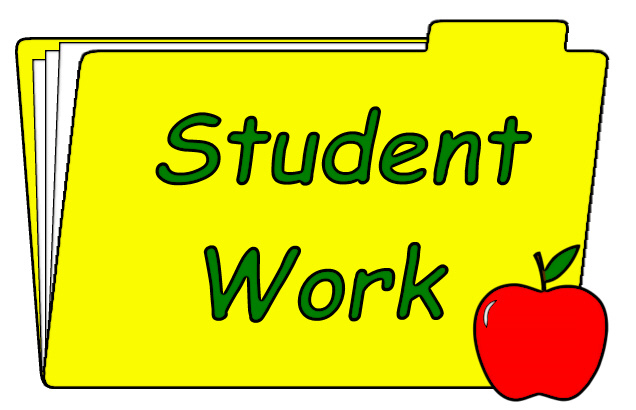Modernistic Multiplex Assessments for Teaching
Through out this week, I learned so much about evaluation techniques and the different meanings of assessment. I was pleased to discover new assessments and new material that I can use in the classroom. The amount of information that I gathered from this week's readings and activities really interested me into wanting to try out some of these tactics in my future practices.
There is quite a lot of information that I have learned about models, strategies, and methods that I did not know about. In other courses, each of these topics were just lightly “touched upon,” but this session just blew my mind away with the immense amount of information about each of these topics. I didn’t know that each of these topics were combined together such as methods go with strategies and strategies are based on the model. I have prior knowledge based on these instructional methods due to past field work experiences and past educational courses, but this material just took it to another level of understanding. I did not realize how many instructional methods there actually were. There is a lot more than expected. I strongly appreciate this information because now I have a new reference that I can go back to when trying to think of more methods and strategies to try out with my future students.
I have also talked about the role of Bloom in Teaching, but I haven’t heard about the Structure of Knowledge until now. When I look at Jerome Bruner’s informational triangle I understand how each topic comes into play with the facts leading up to the concepts and then leading up to the generalizations, but I am a bit confused with Meta-Cognition. I strongly like the idea that follows up with Bloom’s Teaching strategy: Creating, Evaluating, Analyzing, Applying, Understanding, and Remembering. Each “high-order of thinking” skill relates to one another and it creates a flow that I think would work nicely in an Elementary School setting.
I also gathered a finer sense of Social Studies in an Elementary School setting. When I think about Social Studies, I tend to find myself thinking about a lot of dates and history that I can't keep track with, but these articles clearly laid out what was really the important pieces of information that I needed to know as a future educator. The following articles are what defined what I necessarily needed to know.
The main concept of this article is exactly as it states in the title. This article clearly defines Social Studies in such a way that enlightens the reader or learner in understanding its importance as a study. One major characteristic of Social Studies is informing the learner about what it takes to be a citizen in one’s society. This intrigues me because I have never thought of Social Studies in this way, it opened up a new door for me when thinking about the reasons why Social Studies is a necessary concept in Education. Social Studies also relates with several different subjects: history, geography, political science, sociology, and language arts. That is also very informative and useful when trying to find out other ways to incorporate Social Studies into the curriculum effectively.
These standards are specifically supposed to state all of the information that the students “should” know in different times of the educational career as students. It also describes how the standards should be used and the ten themes that coincide with the Social Studies standards. This can be very useful to teachers as well as future teachers when preparing a lesson because it will play as a guide to indicate how to handle a certain theme and what needs to be taught throughout the lesson.
Before reading this, I never knew that there were so many different identifications of “knowledge.” I learned about Inert, Naive, and Ritual knowledge. They are all unique and describe some ways that students learn and think when discovering new material. I also learned about understanding performances. There is more to look at the just a grade and this article clearly stated the difference as to why that is important.
This article defines understanding as the way of thinking and acting based on prior knowledge. I find this to be very straightforward and a remarkable way to look at the definition of understanding. It’s put into a way that teachers and future educators can analyze and plainly “understand.” Grades are not the only thing that should determine a student’s success.
This article lists the principles and curriculum standards that go along with Social Studies. It would be great if all teachers knew that these were available to refer to rather than just trying to “wing” the lesson. This would be very insightful for teachers and future educators. 


No comments:
Post a Comment